A DeFi system called THORChain makes cross-chain liquidity pools possible without the need for wrapped or pegged tokens. By doing this, THORChain hopes to establish a trustless, permissionless, and non-custodial digital asset trading marketplace.
THORChain: What is it?
THORChain is a new DeFi liquidity protocol that, unlike most DeFi protocols, is built on Tendermint & Cosmos-SDK instead of Ethereum.
Because it provides a decentralized cross-chain liquidity network that enables users to swap assets instantaneously at prices that are immune to manipulation, THORChain stands out from other platforms. It makes it possible to trade digital assets in a decentralized market place and isn’t biased toward any one asset or blockchain.
Similar to previous DeFi protocols, the THORChain network gets liquidity from stakeholders who get paid fees for swapping tokens, converting their unused cryptocurrency holdings into non-custodial assets that provide passive income.
Important THORChain attributes:
Trade Cross-Chain Resources
Through the decentralized liquidity network of THORChain, users can instantly and non-custodially switch between any linked asset right from their wallet. Token exchanges can be finished right away for a nominal, clear cost.
A Stake in Assets
Users of THORChain can increase liquidity by staking their idle cryptocurrency assets, which also allows them to earn fees and block rewards. Liquidity on THORChain is always on-chain and is never “wrapped” or “pegged.”
Bond as a Node
THORChain users who host nodes can receive two thirds of the system’s revenue in exchange for their security-related contributions. Every three days, nodes undergo a churning process to guarantee liveness, dependability, and avoid capture.
Who Started THORChain and When?
An anonymous group of developers and businesspeople founded THORChain because they think that founders, leaders, and personalities impede a project’s potential to become decentralized.
Nevertheless, the inventors of THORChain, who remain secret, started aggressively researching the project in June 2018 and introduced their first testnet in Q4 of the same year. Before launching the first bridge in Q2 2019 and the mainnet in Q1 2020, the team spent several months conducting extensive research and development after the testnet.
Regarding RUNE, the native cryptocurrency of THORChain, 500,000,000 RUNE tokens were issued during the token’s introduction on Binance Chain in June 2019. In addition to being launched, RUNE was given out for free to users who took part in various events that awarded tokens, and it was also listed on Binance DEX.
The total number of RUNE in circulation as of July 28, 2020 is 158,432,088. Over the next five years, tokens will be given out to community members, node operators, and THORChain stakers for a variety of actions and activities.
What Is the Use of the $RUNE Token?
The entire THORChain ecosystem depends on the RUNE token. The RUNE token performs a variety of security and cryptoeconomic tasks, including network security and token rewards.
Use Cases for $RUNE Tokens:
- Stakeholders Validate RUNE
- Payment for transaction fees is made in RUNE.
- RUNE provides support for liquidity.
- Rewards for Blocks are paid in RUNE.
- In order to launch new token chains, RUNE is needed.
- Stakeholders Validate RUNE
- To stop nothing-at-stake assaults, validator nodes safeguard the THORChain Network by staking, or locking up, RUNE tokens for a predetermined amount of time. To be included in the Validator Sets, these validators must stake RUNE. In exchange for protecting the network, they will receive RUNE.
- Payment for transaction fees is made in RUNE.
- RUNE is used to cover all THORChain Network transaction fees, or “gas.” Transaction fees, trading fees, bridge fees, and liquidity fees are a few examples of these expenses.
- RUNE provides support for liquidity.
- RUNE consistently provides value-for-value backing for liquidity in the Continuous Liquidity Pools. RUNE serves as an ecological settlement money as a result.
- Rewards for Blocks are paid in RUNE.
- RUNE is used to pay for the Block Rewards for Layer 2 Liquidity Nodes and Layer 1 Validator Nodes.
- In order to launch new token chains, RUNE is needed.
- Although RUNE is the initial token on THORChain, additional TokenChains will be developed to facilitate the protocol-level trading of various assets. RUNE will be needed to initiate the first transaction and supply the initial liquidity for the new asset in order to establish a new TokenChain.
Is There a Separate Blockchain for THORChain?
Since THORChain is presently built on top of Binance Chain, it does not have its own blockchain.
In order to strengthen the advantages to the ecosystem, provide common tooling, and bootstrap its network, THORChain launched on Binance Chain as a BEP2 token.
The Cosmos SDK, which uses Tendermint consensus, powers the shared codebase that powers both THORChain and Binance Chain. They are blockchain agnostic and interoperable with each other and other because to this similarity.
Additionally, THORChain is developing a set of tools that will enable chains powered by Cosmos, such as Binance Chain or itself, to securely and trustlessly link to any other chain.
THORChain, for instance, is building bridges that enable any chain powered by Cosmos to synchronize, link, and sustain safe two-way value-transfer bridges between blockchains like Bitcoin, Ethereum, and tokens based on Ethereum (i.e., ERC-20 tokens), in addition to other blockchain types like Monero, Tezos, and Facebook Libra.
Nevertheless, THORChain is presently based on top of Binance Chain and is entirely independent of blockchain technology.
Which well-known products are powered by ThorChain?
THORChain is a potent decentralized liquidity system for digital assets, and it offers several noteworthy DeFi products, such as:
- BEPSwap: Any holder of a BEP2 token or Binance Coin (BNB) can instantaneously trade BEP-2 tokens from their wallets with BEPSwap, a layer-2 DeFi application for the Binance Chain.Stated differently, BEPSwap is similar to Uniswap except for tokens that adhere to Binance’s BEP-2 standard instead of Ethereum’s ERC-20 standard. BEPSwap also lets users stake their assets in liquidity pools to earn trade commissions, in addition to facilitating BEP-2 token swaps.
Although BEPSwap has not yet launched, it will do so as soon as the THORChain mainnet is live.
- Flash Network: On THORChain, the Flash Network is a Layer-2 network that allows for immediate asset trading. It may be bridged to other Layer-2 networks like Lightning, Raiden, and Bolt to enable the rapid exchange of any connected asset. It also permits instant trades across all tokens and liquidity pools.
- RUNEVault: A staking product called RUNEVault was developed and made available in advance of BEPSwap’s launch. Staking tokens and earning additional RUNE is possible through an easy-to-use interface for holders of RUNE.
The RUNEVault product helps the THORChain team improve the staking user experience (UX) for BEPSwap and eventually for THORChain by enabling the team to watch and learn from user interactions. - Bifröst Protocol: By creating a bridge between blockchains, the Bifröst Protocol is a quick and safe cross-chain protocol for THORChain that permits multi-chain connectivity. By addressing the issue of blockchain interoperability, the protocol would enable users to engage with any blockchain and any asset of their choice and execute cross-chain asset transfers with ease.
THORChain Nodes: What Are They?
The network software that powers the THORChain Network is operated by THORChain Nodes.
For example, by executing the THORChain program, node operators can:
- Building vaults to house valuables
- The process of adding new blocks to the blockchain
- Monitoring exchanges on interconnected blockchains
How the THORChain protocol functions
- Users must sign outbound transactions in order to remove assets.
- You must operate high performance IT infrastructure and possess a minimum of 1 million RUNE, or $530,000 at the current price of $0.53 per RUNE, in order to become a THORChain Node Operator.
- THORChain Node Operators are compensated in RUNE for their contributions to the network, despite the fact that becoming one is incredibly expensive. As a return for participating in the network, node operators receive what are known as “bond rewards,” which make up 67% of system revenue compared to 33% for liquidity rewards.
- Furthermore, Node Operators that neglect their responsibilities risk penalties in addition to financial loss. A Node operator will incur penalties if they neglect to create Witness Transactions, finish creating the vault, or finish sending outgoing transactions.
Is It Possible to Earn $RUNE?
Indeed, there are two ways in which you can earn RUNE, the native cryptocurrency of THORChain.
Operating a Validator Node and Staking
1. Investing
Currently, owners of RUNE tokens can earn a weekly share of 1 million RUNE by staking their idle tokens in RUNEVault.
There are 2028 stakers with 152,364,962 RUNE staked as of July 29, 2020. At the moment, the weekly ROI for these stakers is 0.656%, and the annualized ROI is 34.11%. Having said that, RUNE staking with RUNEVault is now a great offer.
RUNE token holders will be able to stake their tokens and profit from trading commissions on THORChain’s BEPSwap platform once it launches.
2. Node for Validators
Validator Nodes receive payment in RUNE tokens for both block rewards and liquidity fees. Liquidity Providers receive 33% of THORChain’s system fees, whereas Validator Nodes receive 67%.
Where Are $RUNE Tokens Stored?
Based on the BEP-2 token standard, THORChain (RUNE) is a blockchain that runs on top of the Binance Chain. Nevertheless, you can keep RUNE in any wallet that supports BEP-2 tokens.
THORChain (RUNE) Wallets in Demand:
The official/mobile Binance wallet is called Trust Wallet.
Hardware: Ledger Nano S
Watcha – (web, mobile, and desktop)
Atomic Wallet: Desktop Version
Web Wallet for Binance Chain – (web)
THORChain (RUNE) can be held on a broad range of other reliable wallets that support Binance Chain BEP-2 assets, in addition to the wallets mentioned above.
Where Can I Get and Sell $RUNE?
Although THORChain (RUNE) can be purchased and sold peer-to-peer (P2P), cryptocurrency exchanges are the most often used means of doing so.
The following exchanges accept bitcoin for the purchase of RUNE. You can purchase RUNE using BNB in the majority of situations.
MXC – ETH, USDT; Binance – BTC, BNB, BUSD
BitMax-USDT FTX-USDT Binaryxy-USDT
THORChain (RUNE) is traded on a few other lesser-known exchanges and platforms that let users buy, sell, or trade cryptocurrencies in addition to the exchanges mentioned above.

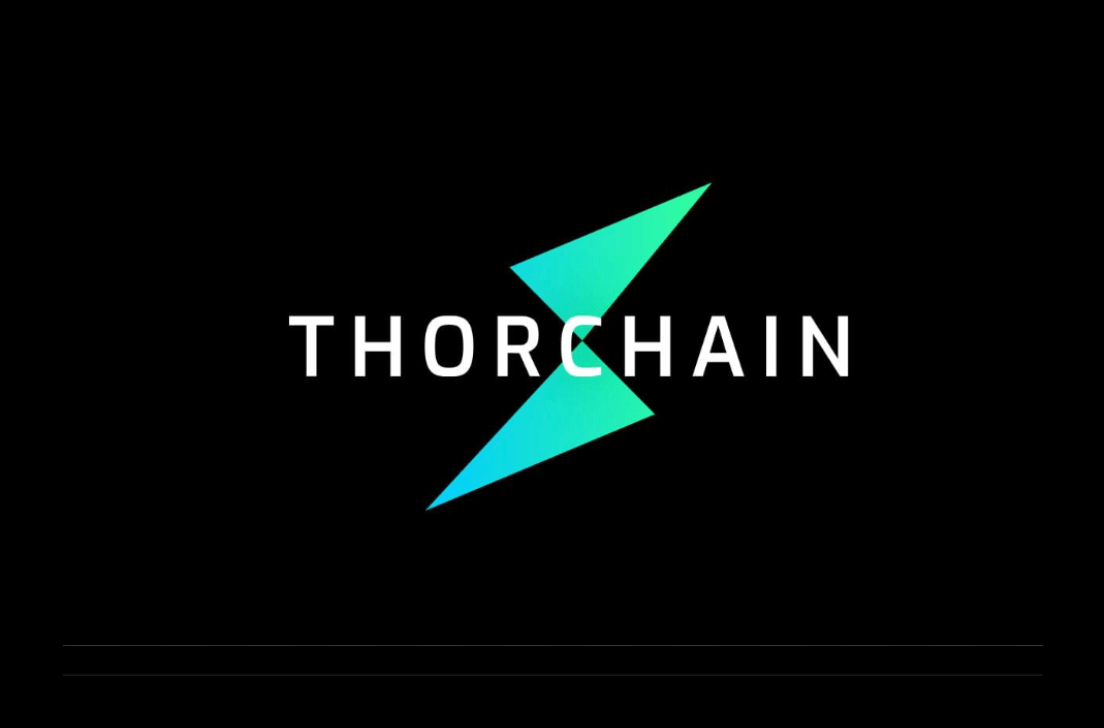

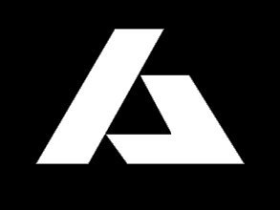

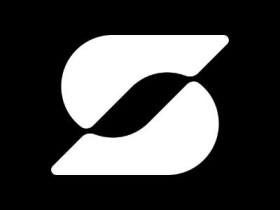


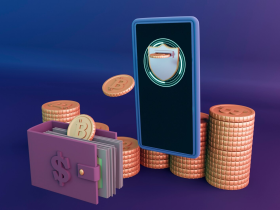
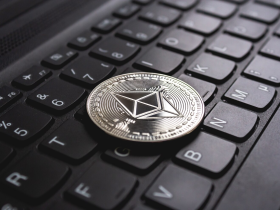

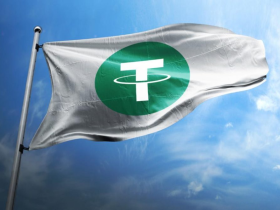

Leave a Reply